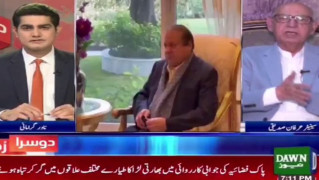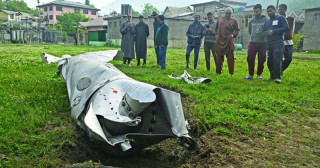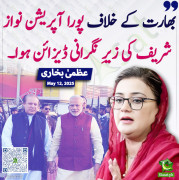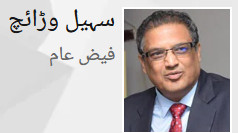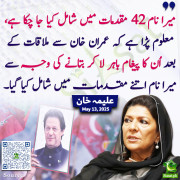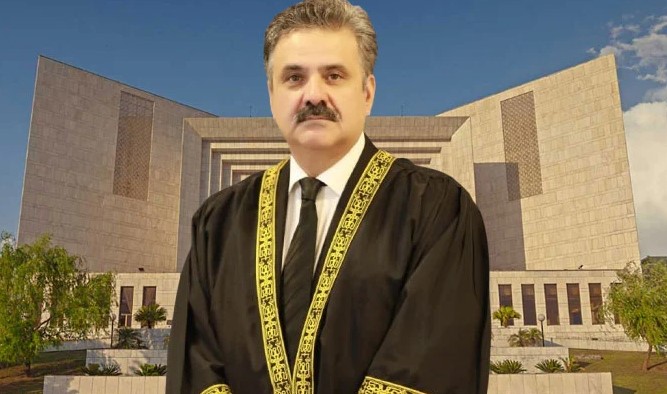
The banks earn profit as they borrow from State Bank and invest in government papers;
the difference between borrowing and investment rates makes profit for them. - File photo
the difference between borrowing and investment rates makes profit for them. - File photo
http://www.dawn.com/2012/01/25/90pc-revenue-goes-to-debt-servicing.html
KARACHI: Debt and liabilities servicing has reached over 90 per cent of the entire tax revenue collected in the financial year 2011.
State Bank data on Tuesday showed that debt and liabilities servicing have almost become the size of the tax revenue, putting immense pressure on fiscal management.
The report showed that total debt and liabilities servicing rose to Rs1.475 trillion in financial year 2011 from Rs1.078 trillion in the previous year. The debt and liabilities servicing was up by 37 per cent in just one year.
The size of the debt and liabilities servicing is close to tax revenue collected during last fiscal that was around Rs1,600 billion.Further details reveal that the government had to pay Rs669 billion as principal of external debt and liabilities.
Last year, it was just Rs400 billion.
Similarly, the interest payment on debt rose to Rs740 billion compared to Rs660 billion during previous year. Interest payment on liabilities reached Rs66 billion from just Rs17 billion during last year.
The massive increase in debt-servicing, practically crippled the government, as fiscal gap widened to manageable level. The fiscal gap during the previous financial year was around 6.4 per cent of the Gross Domestic Product (GDP).
The State Bank reported that the size of debt and servicing liabilities rose 36.8 per cent of GDP while it was just 11.7 per cent of GDP, a year ago.This huge debt and debt servicing has forced the government to borrow from banking system, including the Central Bank for budgetary support.The government had to borrow Rs590 billion for budgetary support and most of the borrowing was made through commercial banks.
For the last three years, the government had been borrowing from Central Bank which was widely criticised by both the Central Bank as well as IMF as borrowing from Central Bank was termed inflationary.
The government turned towards commercial banks for borrowing from last year which emptied banks and liquidity for private sector vanished.The government has to face another criticism but massive debt servicing left no other option but to borrow from commercial banks.
Now a new method of borrowing has been adopted. The State Bank has been pumping massive liquidity into the banking systems and then treasury bills are sold.
The banks earn profit as they borrow from State Bank and invest in government papers; the difference between borrowing and investment rates makes profit for them.
State Bank data on Tuesday showed that debt and liabilities servicing have almost become the size of the tax revenue, putting immense pressure on fiscal management.
The report showed that total debt and liabilities servicing rose to Rs1.475 trillion in financial year 2011 from Rs1.078 trillion in the previous year. The debt and liabilities servicing was up by 37 per cent in just one year.
The size of the debt and liabilities servicing is close to tax revenue collected during last fiscal that was around Rs1,600 billion.Further details reveal that the government had to pay Rs669 billion as principal of external debt and liabilities.
Last year, it was just Rs400 billion.
Similarly, the interest payment on debt rose to Rs740 billion compared to Rs660 billion during previous year. Interest payment on liabilities reached Rs66 billion from just Rs17 billion during last year.
The massive increase in debt-servicing, practically crippled the government, as fiscal gap widened to manageable level. The fiscal gap during the previous financial year was around 6.4 per cent of the Gross Domestic Product (GDP).
The State Bank reported that the size of debt and servicing liabilities rose 36.8 per cent of GDP while it was just 11.7 per cent of GDP, a year ago.This huge debt and debt servicing has forced the government to borrow from banking system, including the Central Bank for budgetary support.The government had to borrow Rs590 billion for budgetary support and most of the borrowing was made through commercial banks.
For the last three years, the government had been borrowing from Central Bank which was widely criticised by both the Central Bank as well as IMF as borrowing from Central Bank was termed inflationary.
The government turned towards commercial banks for borrowing from last year which emptied banks and liquidity for private sector vanished.The government has to face another criticism but massive debt servicing left no other option but to borrow from commercial banks.
Now a new method of borrowing has been adopted. The State Bank has been pumping massive liquidity into the banking systems and then treasury bills are sold.
The banks earn profit as they borrow from State Bank and invest in government papers; the difference between borrowing and investment rates makes profit for them.
Last edited by a moderator:




